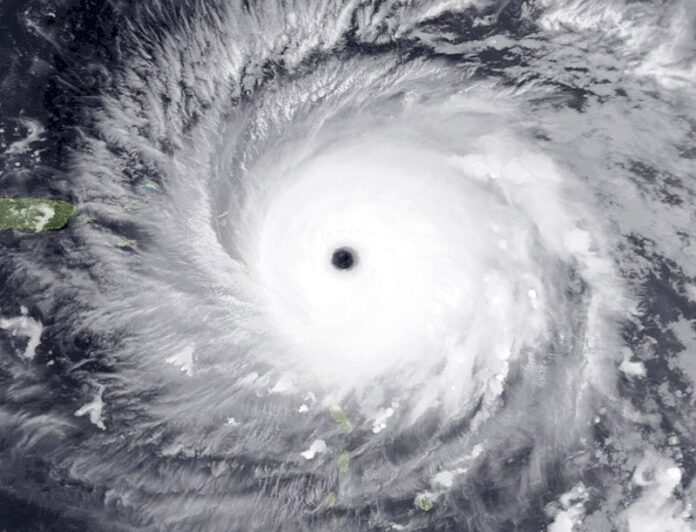John Bartus, in his column dated Jan. 25 in the Weekly, rationalized increasing the allocation of ROGO/BPAS allocations in Marathon beyond the current limits based on the increased liability exposure to the city of Marathon associated with “takings” of buildable lots. While this may be true, what he failed to mention is that increasing the permit allocations is based on changing the time for residents to evacuate the Keys from the current 24 hours to 31 hours, thereby failing to address the concomitant added risk to residents. From a human safety point of view, the science does not support increasing the evacuation time and would, in fact, put more residents at risk.
The science is telling us that the incidence of rapid intensification of tropical cyclones is increasing demonstrably in the Atlantic basin (see, for example, Bhatia, K., Baker, A., Yang, W. et al. A potential explanation for the global increase in tropical cyclone rapid intensification. Nat. Commun. 13, 6626 (2022). https://doi.org/10.1038/s41467-022-34321-6). As reported in the Weekly, Jon Rizzo, the warning coordination meteorologist with the National Weather Service in Key West, gave a presentation to the Monroe County Board of County Commissioners in July 2020 on this subject with specific relevance to the Florida Keys.
As he mentioned, the models are not yet able to predict rapid intensification with any certainty. “These storms form literally in our backyard and become a Category 3 in two days,” he said. Furthermore, he mentioned that in some cases, the National Hurricane Center forecasts may not even be able to identify storms that are likely to rapidly intensify. In a Scientific American article by Martin J. Kernan published June 2023, Mark DeMaria, a former NOAA hurricane forecaster and now senior research scientist at Colorado State University, stated that “current models accurately predict rapid intensification 32% of the time.”
Rizzo provided some recent examples of rapid intensification. “Hurricane Dorian in 2019 went from 105 mph to 140 mph in 24 hours,” and “Rita in 2005 went from 70 mph to 175 mph, a tropical storm to a Cat. 5, in a day. And Charley in 2004 went from 110 to 145 mph in 5 hours.”
Furthermore, an article from December 2023 in the Yale Climate Connections reminded us that in 2023, Hurricane Otis peak winds increased by 110 mph in 24 hours before it slammed into Mexico. Increasing the evacuation time to 31 hours as suggested has very serious implications if or when a tropical system intensifies similarly before reaching the Keys. For those of us who live here and rely on timely evacuations, this is very concerning.
Thus, one could argue that the current state of the science supports the idea of decreasing the evacuation time rather than increasing it. Increasing the ROGO/BPAS permit allocations flies in the face of sound public safety policy. Getting back to the liability issue, increasing the evacuation time will put more residents at risk and seems both foolhardy and, given the increasing evidence of rapidly intensifying storms, fraught with liability issues on its own.
Robert Glazer
Marathon
























